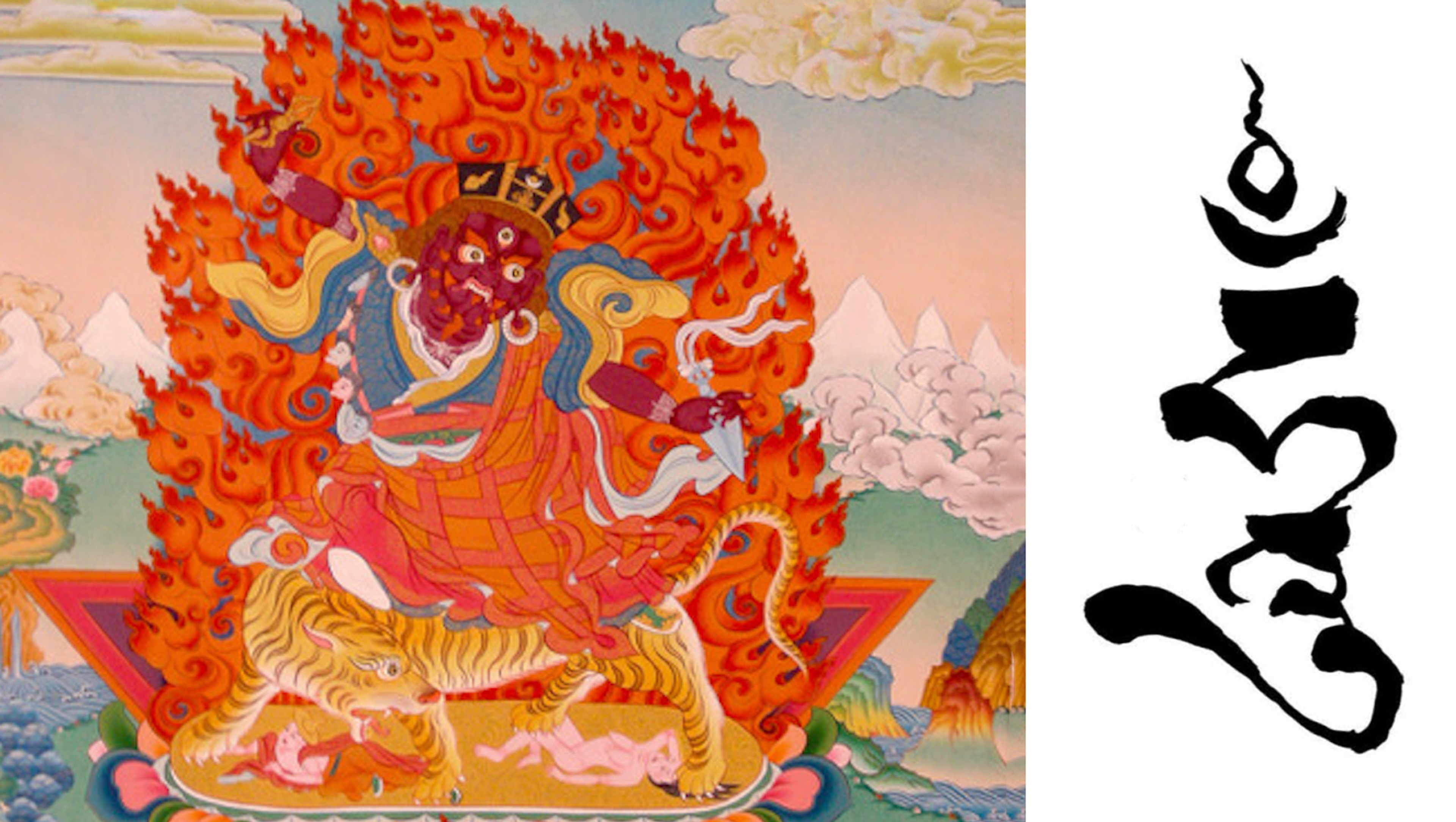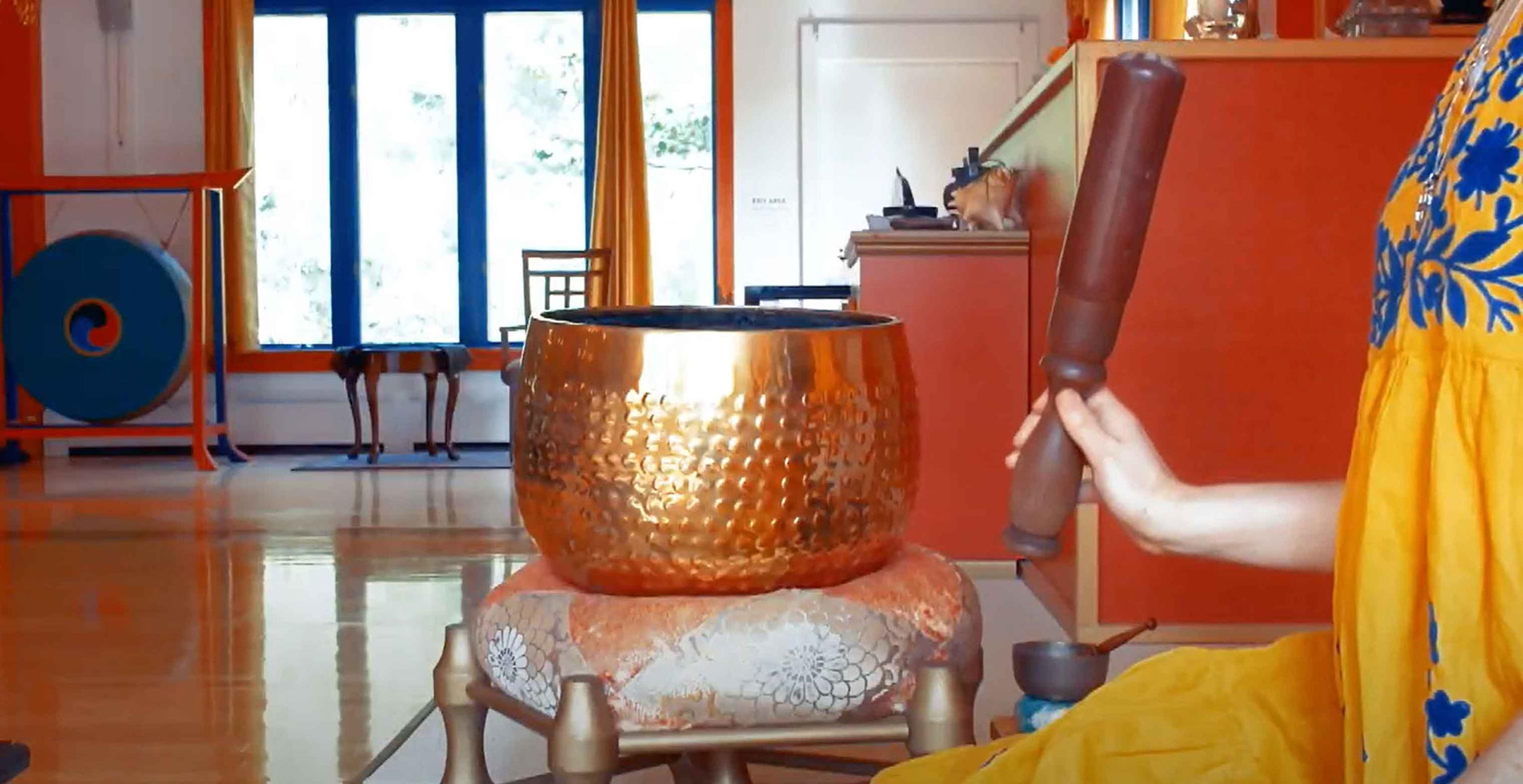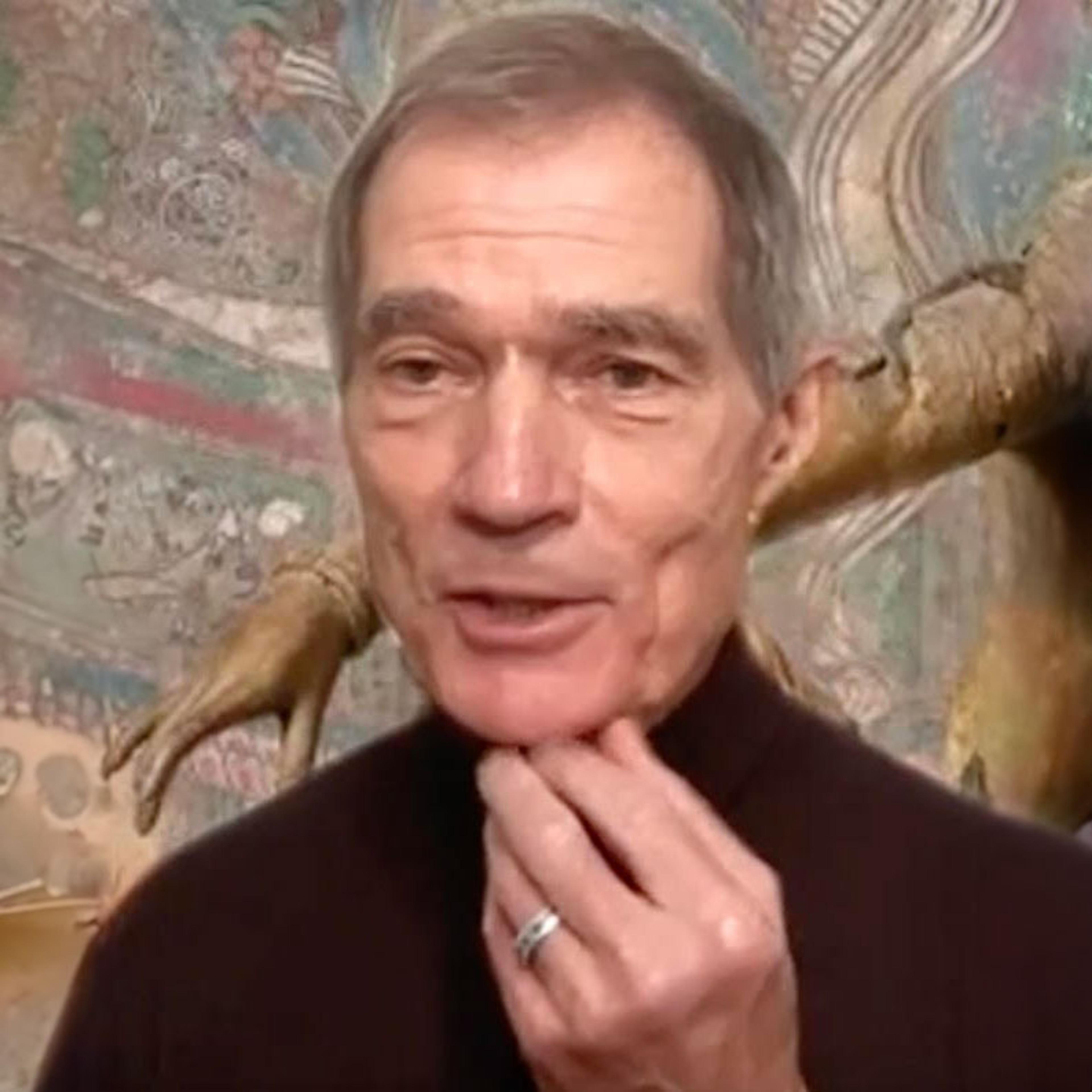Sadhana of Mahamudra
What is The Sadhana of Mahamudra
A sadhana, in the Tibetan Buddhist tradition, is a chanted litergy that can include meditation, mantras and visulizations. The Sadhana of Mahamudra includes all of these elements. It was written in 1968 by Chögyam Trungpa Rinopche, a Tibetan Buddhist teacher and the founder of Shambhala Buddhism. His intention for this chant was to help practitioners overcome the physical, psychological and spiritual obstacles that materialism poses to us in this modern age.
The vivid imagery presented in the Sadhana is full of symbolism and traditional iconography. By actively participating in the chanting, visualization, and recitation of mantras, a basic sense of sanity and clarity is invoked. When we commit to this basic wakefulness it can profoundly impact not only our meditation practice but our everyday lives and the broader world around us.
Joining Energy and Space
Comments on The Sadhana of Mahamudra By Chögyam Trungpa
The basic vision of the sadhana is based on two main principles: space and energy. Space here refers to maha ati, or dzogchen, the highest level of Buddhist tantra in the Nyingma tradition. The energy principle, or Mahamudra, is also a high level of experience in the Kagyü tradition. The Sadhana of Mahamudra strives to bring space and energy together, and through that, to bring about understanding and realization in the world.
The Collected Works of Chögyam Trungpa, Vol. 5, Pages 310-314
Join the Karmê Chöling household for the Sadhana of Mahamudra during our evening practice session on the new moon. The sadhana takes most of the hour with an abbreviated list of closing chants at the end. See our current list of dates for this practice below.

















